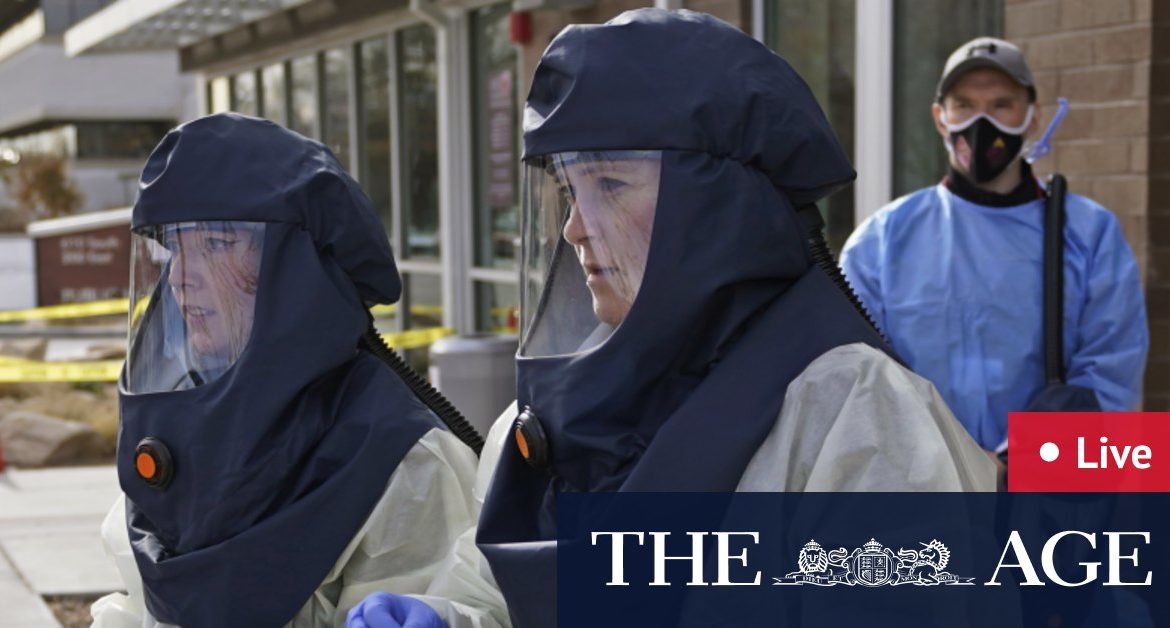The state’s first mystery case (an infection that could not be traced to a known cluster) was announced by the Department of Health and Human Services on March 13, back when there had only been 34 cases in total confirmed in Victoria.
Since then there have been 3762 mystery cases in Victoria, which make up 18.5 per cent of the 20,345 COVID-19 cases that have been recorded statewide since the start of the pandemic.
During the first wave, there was a peak of 79 mystery cases confirmed in the two weeks leading up to April 10 (that’s about six per day).
But there were far more mystery cases during the state’s deadly second wave. The first wave’s record of 79 mystery cases in a fortnight was beaten on June 30, two days before 10 postcodes were plunged back into lockdown because of a flurry of cases that could not be traced to known sources.
At the height of the second wave there were 1181 mystery cases recorded in the two weeks leading up to August 11 (about 84 per day). After that, case numbers – and mystery cases as well – started to come down.
Health authorities have long maintained that mystery cases are the most concerning infections because they suggest the virus is circulating within the community, and mean that there are people out there with COVID-19 who were never picked up by testing.
When the state’s reopening roadmap for reopening was announced in early September, mystery cases took on extra significance because some of the targets for easing restrictions were tied to these cases being driven below a certain threshold.
Melbourne’s step three reopening target was to record five or fewer mystery cases in the two weeks leading up to October 26. This was quite an ask given that the state had met this target one day after the first wave – the record was five in the two weeks to May 3.
But the city did eventually get there, on October 28 – the same day cafes and shops reopened – the mystery cases tally fell to a record low of four. It dipped to two on October 30, fell to one on November 10 and hit zero this morning.
(It’s entirely possible the total number of mystery cases will be revised down further once health authorities go back and analyse previous cases. On Friday afternoon the total mystery cases tally was 4277, but on Saturday it was revised down to 3762. Deputy Chief Health Officer Allen Cheng said the drop was because a new algorithm was able to form connections between previously unliked cases).







